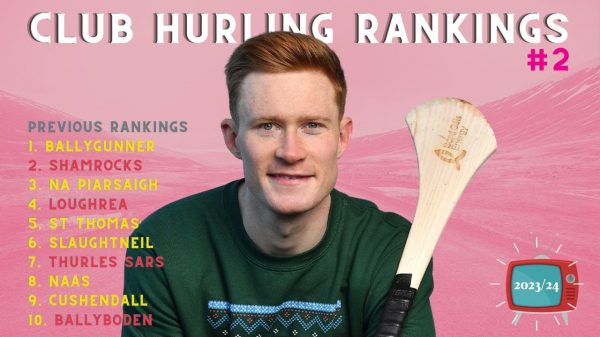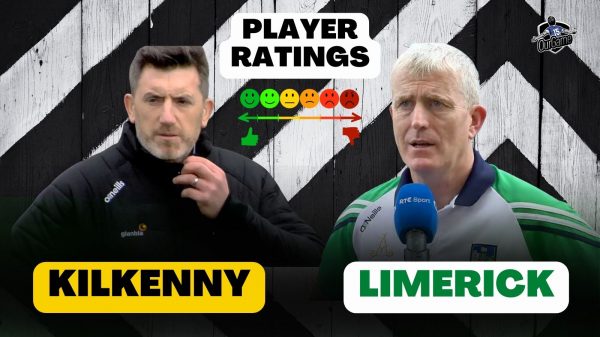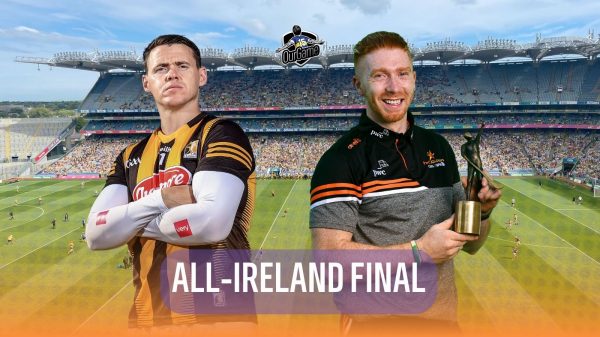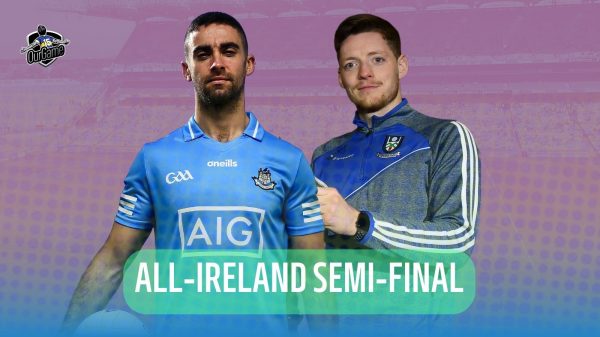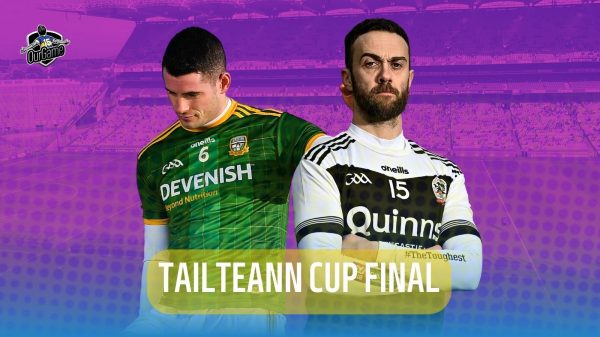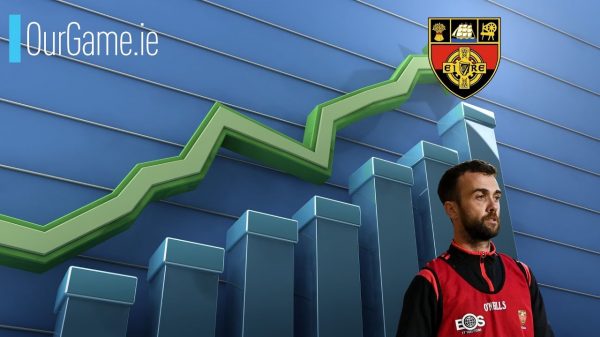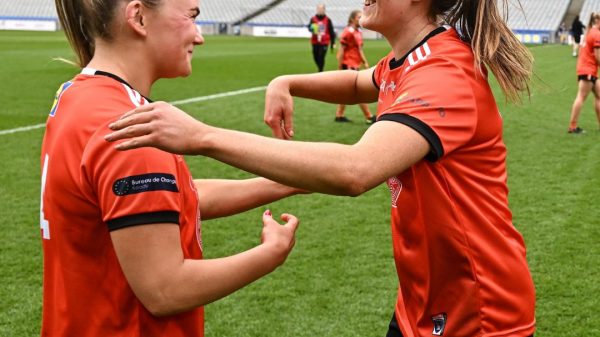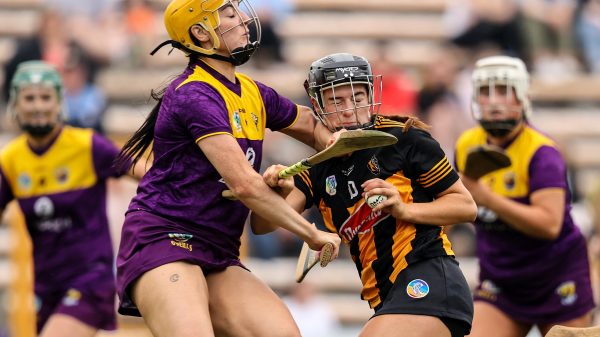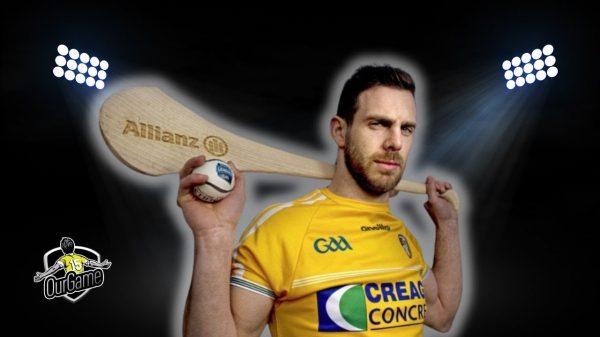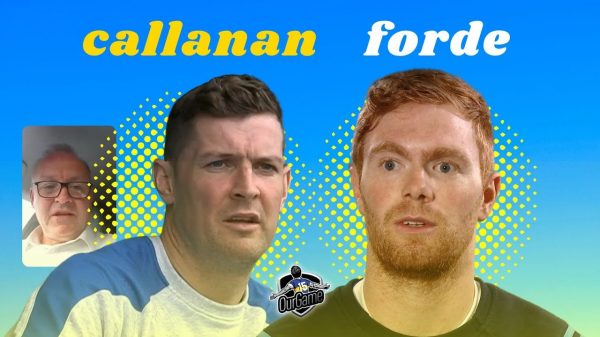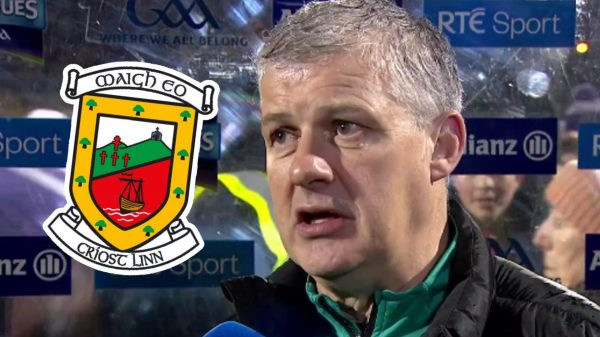A stark picture of the imbalance between the treatment of women players (LGFA and Camogie Association) and men (GAA) has been painted by the GPA’s new ‘State of Play report.
The recent strike by the Cavan ladies footballers, which centres around an agreed expenses charter with their county board not being honoured, brought gender inequalities onto the agenda once again but it is only the tip of the iceberg.
Here are some of the startling statistics which the GPA report, which surveyed the entire senior inter-county playing population between the LGFA and the Camogie Association (1,600 players) detailed:
9.5% – The paltry percentage of female players that receive travel expenses from their county board.
4,546 – The staggering average amount of miles covered by female players for inter-county activity in 2022.
79% – The percentage of female players that DO NOT have regular access to a team doctor.
71% – The percentage of female players that DO NOT have full access to suitable pitches.
36% – The percentage of female players that DO NOT have full access to a physio or strength and conditioning.
5% – The percentage of female players who have suffered an ACL injury.
72% – The percentage of players who reported perceived impact of the menstrual cycle on their performance.
The GPA, which merged with the WGPA in 2020, are proposing a centralised agreement for the women codes to mirror what their male counterparts receive as inter-county hurlers and footballers.
A centralised agreement on a Squad Charter already exists between the GPA and the GAA for male inter-county players, which agrees minimum standards when it comes to sports science support, provision of training and playing gear and travel and nutritional expenses.

That would require substantial finances to level the playing field and as moves towards integration between the GAA, LGFA and Camogie Associations continue – under the guidance of former President Mary McAleese – the GAA are the only realistic source of such funds.
“If you look at what the inter-county game on the men’s side generates, when you consolidate it, it’s in excess of €150 million a year,” GPA CEO Tom Parsons said yesterday.
“Expenses for players are 4 or 5 per cent of that because it’s an amateur game. You look at other professional sports, 50 per cent of revenue goes on salaries. We don’t have that cost.
“Other sporting organisations are looking at this and scratching their heads and saying, ‘Well, 50 per cent of revenue goes on male salaries, how do we achieve equality?’ They can’t do it. In Gaelic games, we absolutely can if there is a want and a will from the leadership. The resources are absolutely there, that’s my firm belief.
“We are not coming to the table and saying we want it equalised tomorrow, but we need a pathway towards closing the gap.”
The power struggle between the GAA and the GPA has been a very real one in recent years and attempts to level the playing field in terms of female finances will no doubt prove to be a thorny issue.
